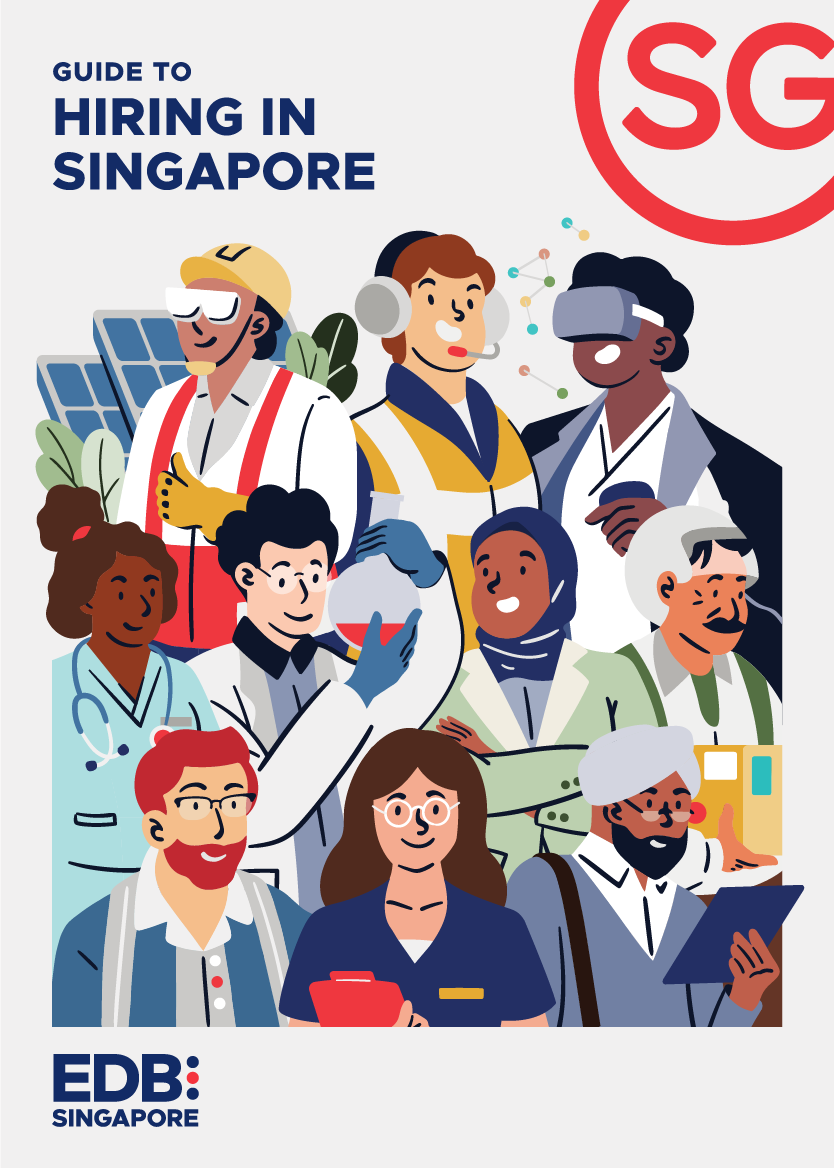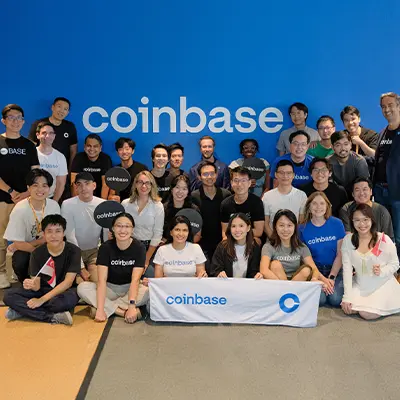Repetition never spoils the prayer: The three most important criteria for investing in a home are location, location, location. And given it takes an ecosystem to build industries, we think the same can be said for founders and companies contemplating headquarter sites, expanded operations, or simply new investment opportunities. As the world shifts in response to technological change, macroeconomic conditions, and geopolitical stances, some regions have plainly excelled in the Darwinian adaptations essential to sustaining thriving entrepreneurial ecosystems.
In the United States, Silicon Valley is still king of the hill for technology companies and the epicentre for startup financing thanks to a concentration of venture capital firms, top talent, fertile training institutions, and reverberative exits. Across the Atlantic, London remains home to nearly 70 per cent of the United Kingdom’s private equity and venture capital investors in spite of Brexit, attracting some $20 billion in funding last year — double the amount raised in any other European city.
Less well known, Lisbon has become a serious player in enterprise finance. The city has been increasing capital raised by a blistering 30 per cent annually over the last seven years, launching more unicorns (privately held companies with a valuation of $1 billion or more) than Spain, Italy, and Greece combined. Outside of North America and Europe, India has built competitive entrepreneurial ecosystems in Bengaluru-Karnataka, Delhi, and Mumbai. Last year, the most-populated country in the world minted 24 new unicorns — and all told, the economy is home to 115 of them with a total market cap exceeding $350 billion. And while Bengaluru-Karnataka is ranked the highest at 20 among the list of top global ecosystems, India’s upward trajectory will undoubtedly continue.
The Tiny Southeast Asian Colossus
Dominant economic ecosystems rely on a trinity of funding, talent (existence, training, and active locales and lifestyles for them), and institutional support (notably government and enterprise). That brings us to Southeast Asia, a source of rapid global economic growth over the last half-century, and an emergent hotspot for entrepreneurship in the last decade. As the world’s fifth-largest economy, the eleven Southeast Asian nations, alone, have a market size of about 650 million people — larger than both North America and the European Union. With a record of nurturing 37 unicorns, it has steadily developed its digital economy, global market reach, and lead role in various high-tech niches, such as agriculture, finance, e-commerce, Al, and gaming.
Solidifying its position with a constantly expanding consumer base and crucial centre for trade and production, Southeast Asia is estimated to reach a $1 trillion market value by 2030, according to the 2022 e-Conomy report by Google Temasek, and Bain and Company. Currently, Southeast Asia constitutes 8% of global exports and attracts 10% of foreign direct investment.
Capital Deployment
Amid the COVID19 pandemic, Southeast Asia attracted VC and private equity firms to inject capital into the ecosystem annually with an increasing number of deals that reached nearly $15 billion between 2020 to 2022. Firms closed 23 funds to raise $3.03 billion in the first half of 2022, surpassing the capital raised in the whole of 2021. Even with the ongoing funding winter, a period of lower capital inflows to startups, Southeast Asia has endured, raising $516 million in tech startup funding in the first quarter of 2023.
While the whole Southeast Asian region has grown in population and GDP — as well as in the number of companies that have made initial public offerings — Singapore stands out among the countries. Recognised as Asia’s financial centre since 2022, the city-state ranks in the top five ecosystems for V0 funding in the Asian Rim (and the only one in Southeast Asia), having raised $26 billion in total over the past four years compared to the global average of $6.6 billion. As the gateway to the rest of Southeast Asia for both domestic and international founders, Singapore accounts for two-thirds of the region’s total VC funding and houses nearly half of the Asia regional headquarters of multinational corporations — not to mention over 4,000 tech start-ups.









